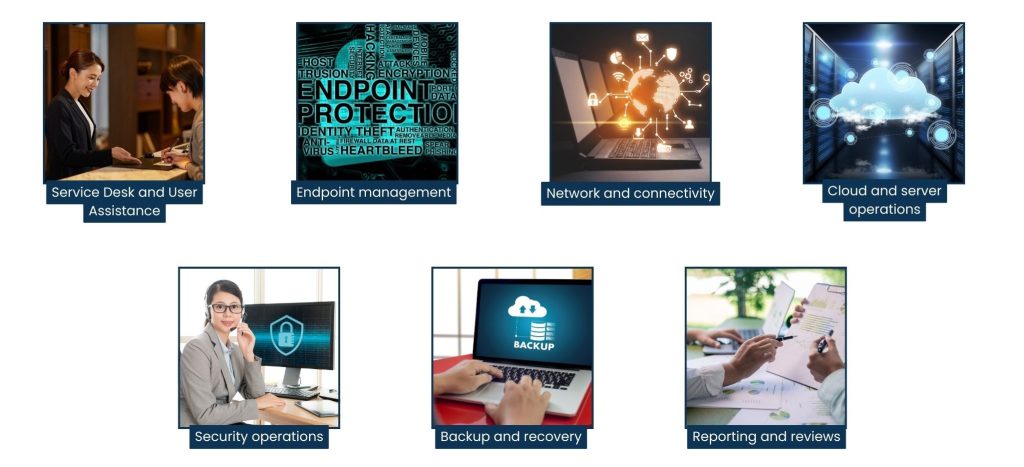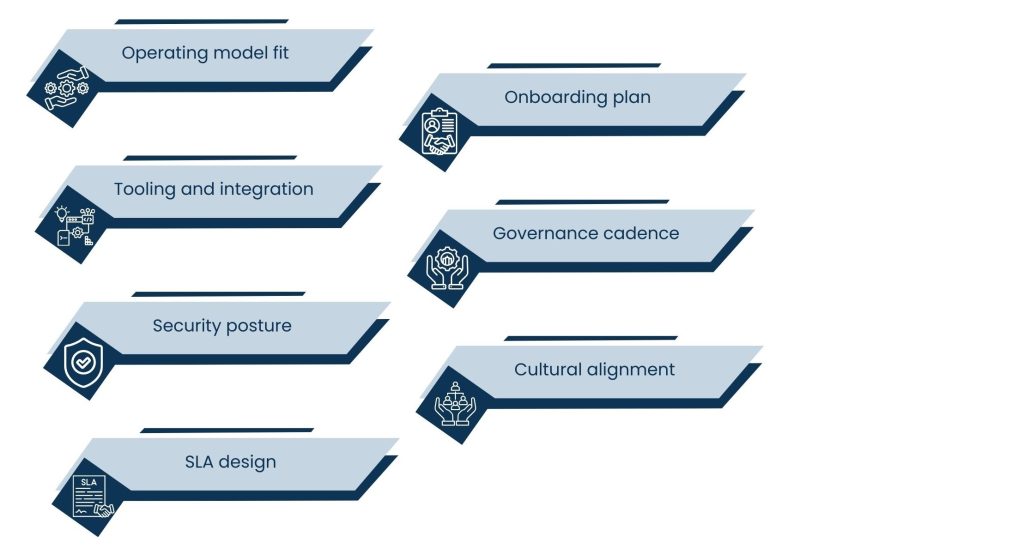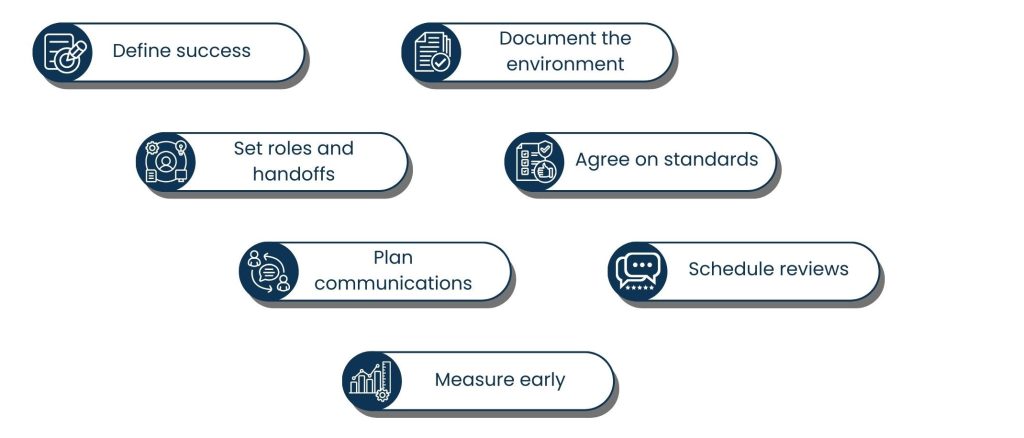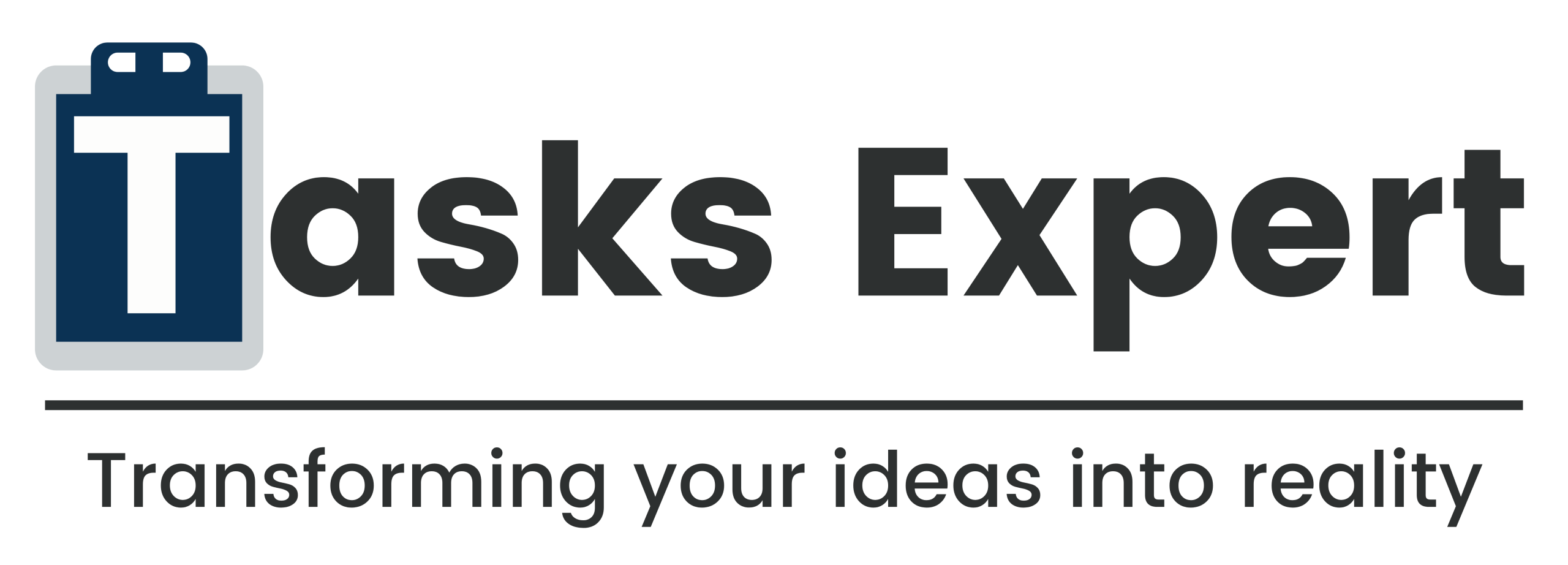Introduction
Whether you run a startup, a mid-sized business, or a large enterprise, keeping operations stable and secure is a challenge. Here, Managed Technology Services help fulfill your needs securely. It ensures that work is, in order, proactive and measurable. Rather than responding to outages or managing multiple vendors, you have a single operating model with an ownership and outcome.
Essentially, a provider watches your systems, provides support to patch devices, secures data, and leads the proverbial roadmap so the business can speed up. You see that in fewer surprises, less risk, and more productivity for your teams. You can also access resources such as cloud administrators, security analysts, etc, for a small fee, which would be too costly to hire full-time.
This guide keeps things simple. You will see what Managed Technology Services involves, pricing strategies, and the right way to choose the best service provider. Use it to get your leadership on the same page, gain true predictability, and shift IT from a cost center into a revenue engine.
Managed Technology Services explained
Managed Technology Services is a contract that enables you to increase your IT operations with the help of a service provider, which results in more proactive processes. Consider it the third-party operations group that partners closely with your internal team and the company’s leader. This model combines people, processes, and tools, with the purpose of ensuring that ordinary technology always works, aligning directly with business goals.
Set certain governing rules to understand what is included. And how this feature should be defined to consider it successful.

• Service Desk and User Assistance
A single stop for your teams for requests and issues, their response times, and resolution timelines. Use knowledge articles and guided self-service to eliminate repeat tickets. Top agents are on chat, email, and phone; users can select what is quickest at the moment.
SLA dashboards define metrics that you can monitor to help identify trends in first contact resolution and customer satisfaction. VIP queues, with clear escalation paths to the management, help to shield your most time-sensitive roles.
• Endpoint management
All laptops, mobiles, and kiosks are onboarded, patched, and secured. Standard images, app catalogues, and access policies keep the fleet healthy. Zero-touch enrollment pre-sets devices before they get to the user, saving setup time. Compliance policies make sure that every endpoint meets the same baseline by enacting encryption and EDR. Remote lock and wipe secure the data if a device is lost or stolen.
• Network and connectivity
It monitors firewalls, wifi, and branch links for availability and performance. Changes follow a similar process to maintain functionality without disruption. Real-time warnings monitor latency, packet loss, and bandwidth to resolve issues before they reach the user. Another way: config backups and a change window with a rollback plan help mitigation during updates. We split out our guest and company traffic to protect important systems.
• Cloud and server operations
Data center public cloud persistent workloads. Source control, backups, patching, and capacity planning are mundane rather than ad hoc. Runbooks document creates SOPs, ensuring easy operations in any incident. You can control cloud spend while providing for headroom by rightsizing and tagging. Scheduling and announcing maintenance windows so that teams can schedule their work accordingly.
• Security operations
Threat monitoring and vulnerability scans with incident response help to mitigate risks and recover quickly. Actions, policies, and training buttress good habits. Uses a SIEM (a collection of data logs from endpoints, network, and cloud) to find patterns that could be potential threats. This guides containment and remediation action so responses are fast and repeatable. Periodic phishing simulations and quarterly access reviews reinforced security culture.
• Backup and recovery
With tested restore procedures, data is safe. Recovery objectives are documented, so you can know how long it will take to get back to a working state. And also what data you might lose. Again, backups can protect you against ransomware if they are immutable and air gapped. Validate the order of runs for critical applications — Recovery drills are not only the database or its stack. Show the restore times reports and let leadership know what real readiness means.
• Reporting and reviews
These are visible in monthly reports on health, dangers, and trends! QBRs are intended to relate budgets and projects to strategy. In return, executive scorecards convert geeky metrics into things that matter to the business. Owners of action items are clear, and dates are assigned, so improvements go live. Roadmaps attach projects to risk reduction, user experience, and cost control.
Good Managed Technology Services provides clarity on who does what, how it is measured, and improved over time. The partnership allows leaders to focus on delivering leading-edge products and services to market, while the provider ensures that their core IT foundation is secure.
Also Read: Compliance Automation for Small Businesses
Managed Technology Services: What you get!
The best way to assess Managed Technology Services is by observing tangible results in daily operations. Additionally, the domino effect of these results manifests in performance, scalability, and security throughout the stack.
This is a great list to review with your Co-workers and also tell your stakeholders what they can expect.

• Predictable support experience
Chat, phone, and portal(mouse over for larger image). Employees receive rapid assistance through: It helps to solve first call resolution and VIP or frontline routing.
• Proactive maintenance
Patching, Certificate Renewal, and Licence Management work are scheduled tasks. This prevents incidents before they start, if done correctly.
• Standardized onboarding and offboarding
On day 1, new hires get their device, accounts, and apps up & running, ready for attending work. Departing users are promptly deactivated to reduce security risks.
• Security by default
These are enforced across users and systems, like baseline controls such as MFA, disk encryption, and the least privileged access.
• Compliance support
Service providers that assist in evidence collection and policy enforcement for frameworks such as SOC 2 & HIPAA. The audits should be less stressful and more repeatable.
• Measured reliability
In the reviews, they track Uptime, mean time to respond, and mean time to resolve parameters. Trends dictate improvements to process and tooling.
• Roadmap and advisory
Account lead/vCIO stays in touch and plans upgrades, retires technical debt, and aligns spend with strategy.
• Cost control
Waste from cloud instances, unused licenses/tools gets detected and minimized. You only pay for what you use.
You can see these results in reports and meetings, and then you know the engagement is not just addressing tickets. Crafting a healthier environment that is conducive to doing business the way you need to today and where you plan on taking it next.
How to Choose a Managed Technology Services Partner ?
Strip away the glossy proposals and get straight to the proof. Request your candidate for live demos, sample reports, and named citations applicable to your size and sector. Assign service levels that mirror the reality of your process, not just best practice targets.

Use these points to compare candidates and build a working contract:
• Operating model fit
Make sure that they are a good fit with your current team. Make sure that who owns what, the rules of handoff, and escalation paths are clear.
• Tooling and integration
Do their monitoring, ticketing, and remote management tools integrate with your stack? Prevent data silos and redundancies
• Security posture
Confirm Certificates, Verify Background Checks, And Access Controls. Find out how their client data is segmented and how they handle incidents.
• SLA design
Link your reply and resolution objectives to the levels of impact. Add in some form of service credits for chronically missing services, and regularly check the data sources that prove performance.
• Onboarding plan
Ask for a detailed first ninety-day plan with discovery, quick wins, and documentation deliverables.
• Governance cadence
More: Monthly operational reviews, quarterly strategy sessions. Pick who enters and which metrics you get to view.
• Cultural alignment
Introducing the real people who will help you. Communication and accountability are just as important as technical know-how.
Treating selection as a relationship-building phase rather than a one-time purchase sets up both sides for success. Roles are clearly defined. The SLAs are being met. Every quarter, the service is reviewed and continues to improve.
Also Read: Priority Outsourcing Services
Managed Technology Services Costs and Pricing Models
It would be easier to discuss expenses by keeping the price structure and cost drivers separate from one another. When it comes to pricing, Managed Technology Services are typically based on a per-user or per-device model, while others might be bundled in a flat monthly rate tied to a more specific scope. That does not include the project work, such as migrations.

Take a closer look at these levers when determining your budget:
• Scope and coverage
Additional services in scope will inflate this fee, but it will cut down on one-off vendor spend. What will have to be in place from day one, and what can wait
• User and device count
Pricing is driven by seats and endpoints. If you are adding headcount, growth discounts may be useful.
• Security level
Costs more but gives you greater protection (e.g., advanced monitoring, incident response). Compare the charge to the cost of downtime or breach.
• Support hours and languages
24/7 or multilingual help is more expensive. Thus, the ticket pattern data will help you to decide what you need.
• Industry and compliance needs
Standards in heavily regulated sectors will have additional controls and documentation. Make sure to budget up front for that effort.
• Onboarding effort
This service is called a one-time discovery and cleanup, which would be for an environment that is complex & no documentation. This is work well worth the effort, as it eventually pays for itself in stability.
A good provider will offer to go through each line item in plain language and demonstrate how the cost directly links back to results. When you are able to attach the monthly expense to fewer happenings, faster boarding, and lower potential for loss, that outlay becomes a strategic investment instead of a shot.
Checklist to get started with Managed Technology Services
Momentum is kept, and surprises are avoided by having a short plan. Follow this checklist to initiate your MTS Pillar.

• Define success
Just list the top three business outcomes you should be able to achieve within the first six months (fewer critical incidents, faster onboarding, etc.)
• Document the environment
Details: Assets (users, devices, apps, and vendors in one inventory), Network diagrams, and identified risks are shared.
• Set roles and handoffs
Define what remains in-house and what goes to the provider. Map escalation paths.
• Agree on standards
Select baselines for device builds, access controls, backup schedules & evidentiary item naming conventions.
• Plan communications
Explain how employees can get help and what will be different. Educate team leads on the new process
• Schedule reviews
Add a boost of monthly and quarterly meetings to calendars now. Choose your reports
• Measure early
Measure your pre-engagement metrics to ensure any improvements are apparent in the first few reports.
Stick to it and you will begin well. The first 90 days will color the partnership, and you will need to make sure you keep the end in mind while opening up clear communication, celebrating short-term successes, and focusing on all of those beneficial outcomes that we defined during the earlier steps.
Conclusion
Managed Technology Services provides streamlined, predictable management of technology, whether you are stepping up from in-house point solutions or juggling multiple tools and vendors. The model would replace “ad-hoc fixes” with an emphasis on who is accountable for desired improvement and can see clear, measured results. Subject-matter experts ensure systems are secure and available, freeing up your time to do more product, sales, and customer work.
If you stay even to just the fundamentals, ground degree, Scope, Roles, Reviews, and Outcomes, you will see some fast wins and grow it account by quarter. Begin with a basic checklist, pick a partner that aligns with your operational model as you set up the governance of your data, and make reporting intrinsic to your culture.
Need a second set of eyes on your plans? The team at Tasks Expert can help you sanity check scope, governance, and communications. A 5-minute quick chat often reveals low-hanging fruit you can start utilising fast.
About Us
Tasks Expert offers top-tier virtual assistant services from highly skilled professionals based in India. Our VAs handle a wide range of tasks, from part time personal assistant to specialized services like remote it support services, professional bookkeeping service etc. Furthermore, it helps businesses worldwide streamline operations and boost productivity.
Ready to elevate your business? Book a Call and let Tasks Expert take care of the rest.









